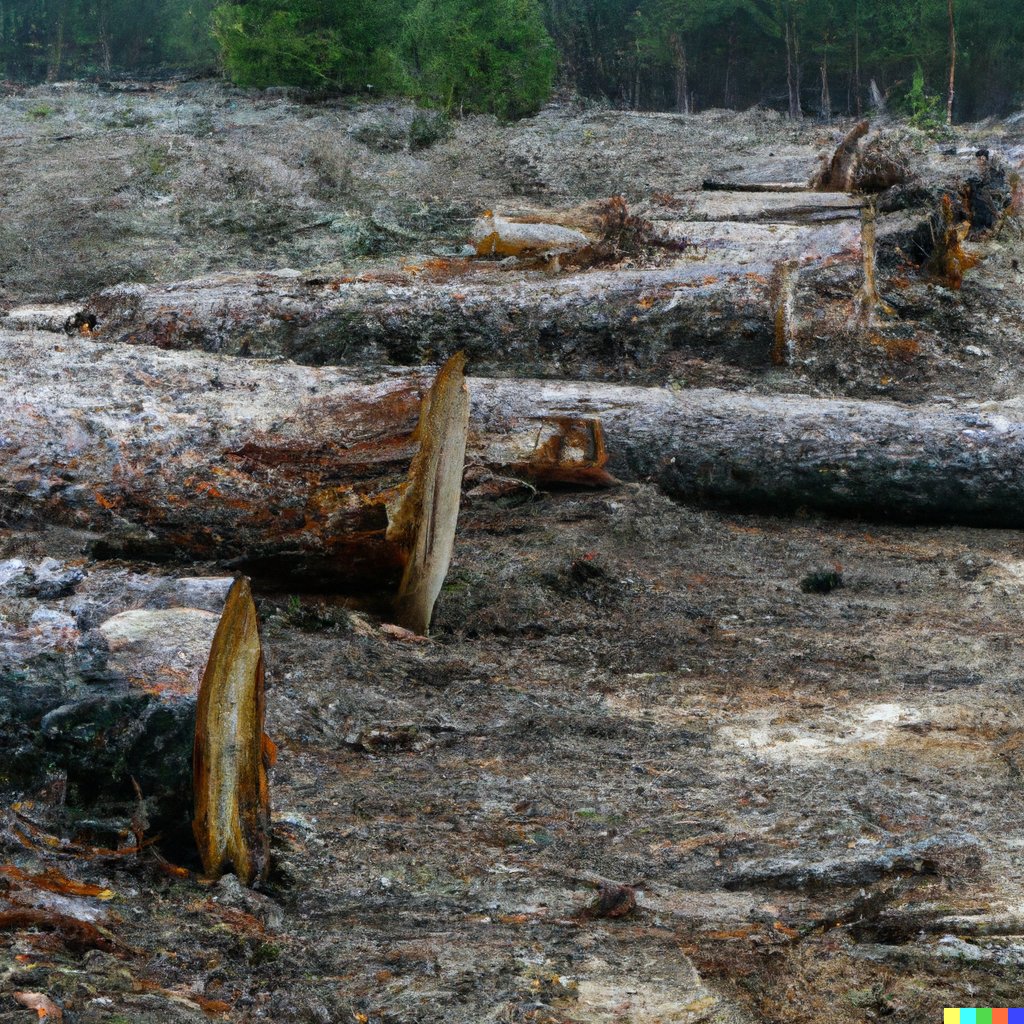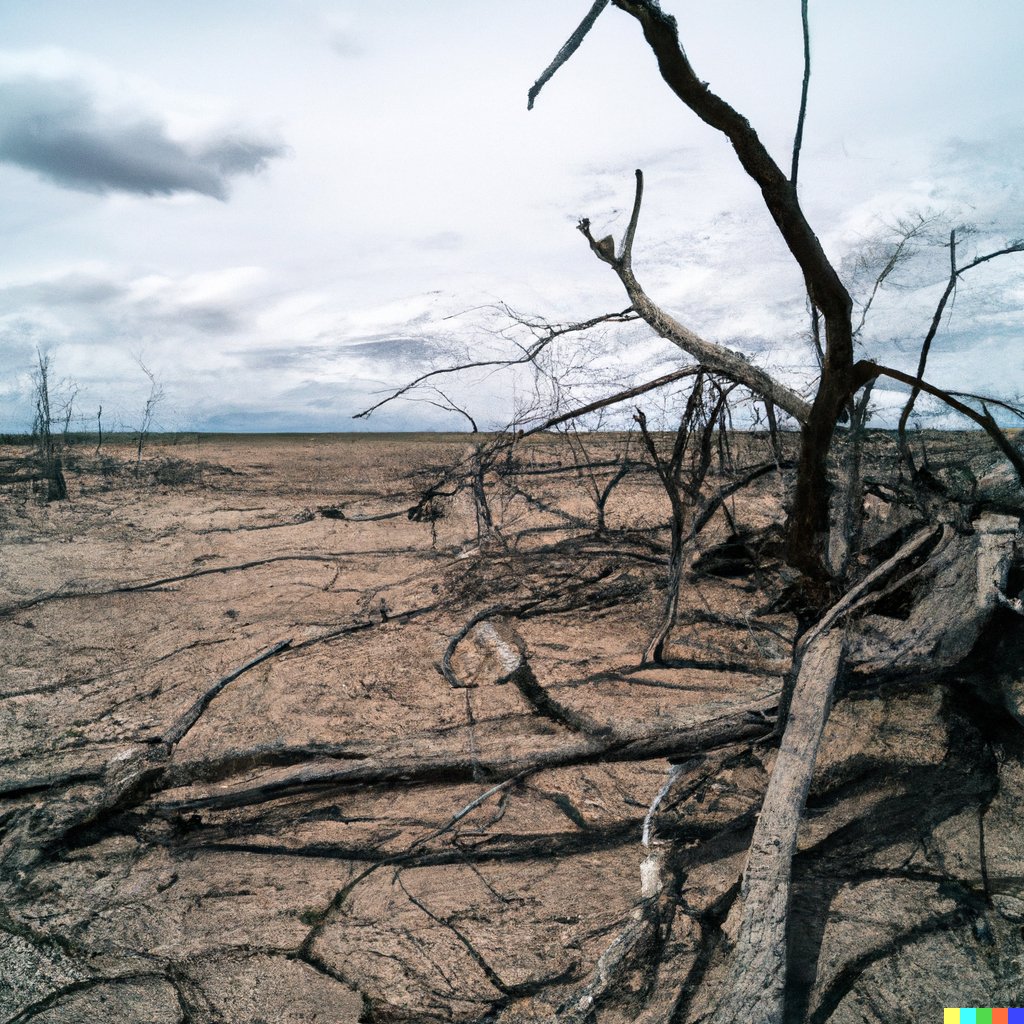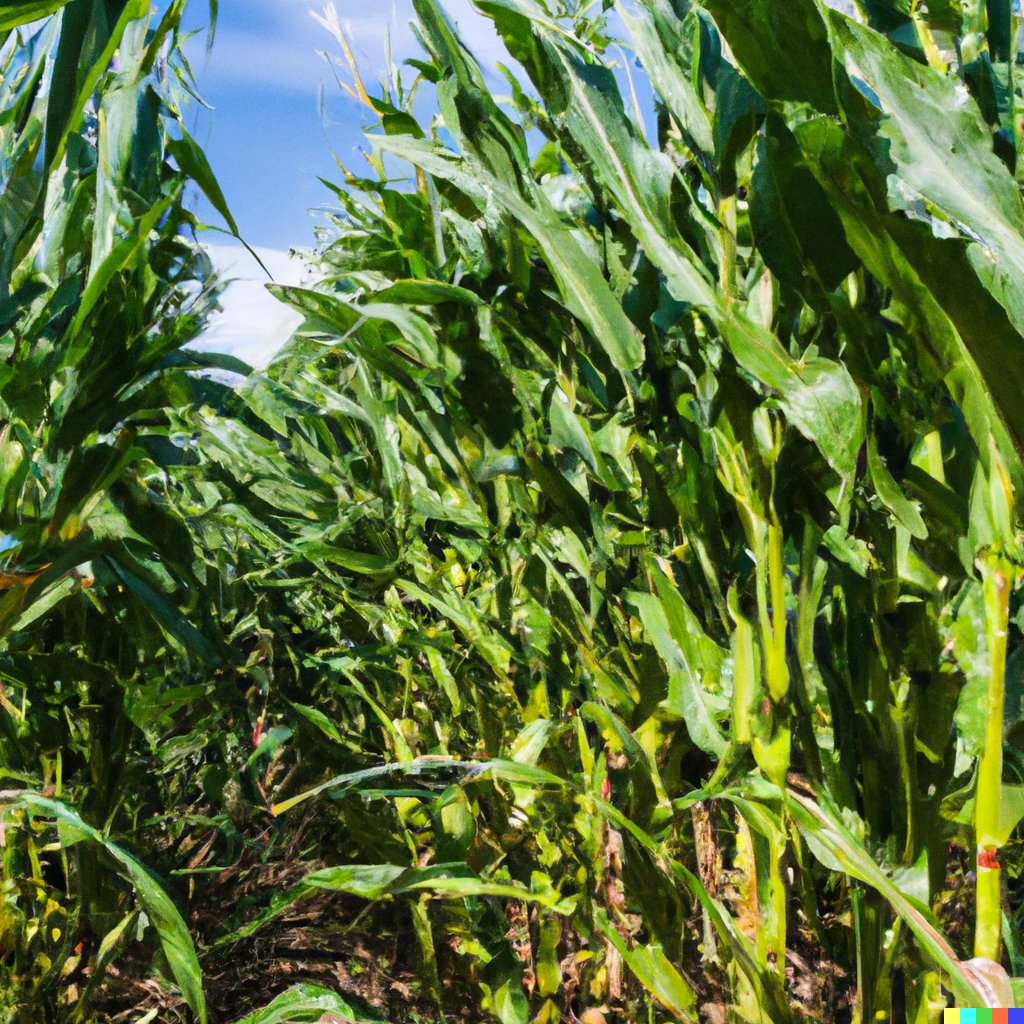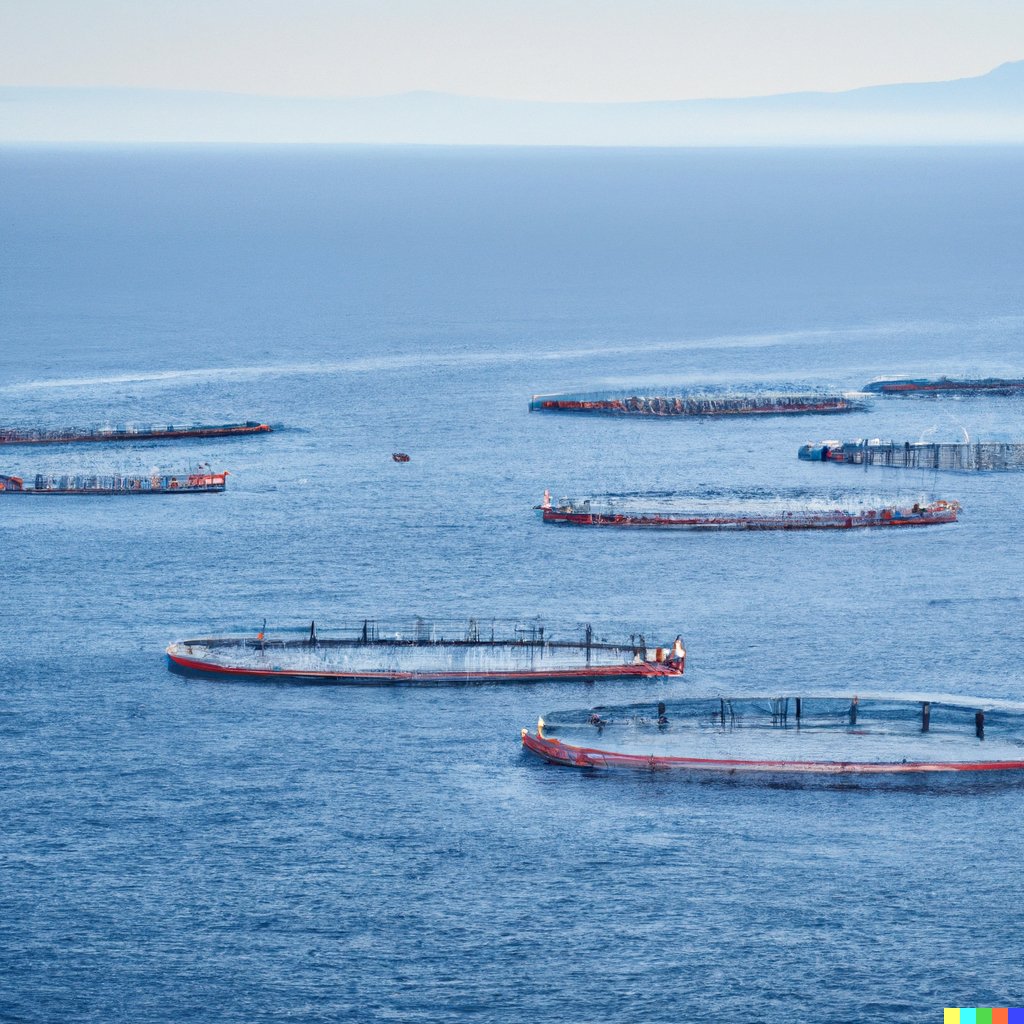
As the world continues to grapple with the effects of climate change, one concern that remains at the forefront is deforestation. Every year, millions of trees are lost due to human activities, leading to devastating consequences for the environment and our future. In this article, find out why halting deforestation should be a priority over just planting new trees. Let's explore the reality of our dwindling forests together.
Preserving Biodiversity in Existing Forests
Maintaining Ecosystem Diversity in Existing Forests is paramount for habitat conservation, species protection and wildlife safeguarding. Keeping the natural habitat is essential for upholding the balance of nature and avoiding further loss of biodiversity. The immense worth of existing forests can't be stressed enough.
By preserving these forests, we guarantee the protection of many plant and animal species that depend on them for survival. The huge selection of ecosystems located in existing forests upholds a diverse range of life. From insects and birds to mammals and reptiles. Through conservation efforts, we can secure these unique habitats and ward off the extinction of numerous species.
In addition to supplying homes for wildlife, existing forests play a critical part in climate regulation. They act as carbon sinks, absorbing huge amounts of carbon dioxide from the atmosphere and helping to reduce global warming. By safeguarding these forests, we not only secure biodiversity but also contribute to the battle against climate change.
Preserving Ecosystem Diversity in Existing Forests is necessary for our planet's future. The destruction or degradation of these habitats can have serious implications for both wildlife and humans. We must take action now to safeguard these priceless ecosystems before it's too late. Together, we can make a difference by supporting initiatives that promote forest conservation and sustainable practices. Saving trees from deforestation is like trying to stop a toddler from destroying their favorite toy – it may bring temporary relief, but in the end, you're left with a broken, irreparable mess.
Mitigating Climate Change Through Mature Forests
Mature Forests: A Key to Mitigating Climate Change
Mature forests are key in the fight against climate change. They act as powerful carbon sinks, aiding CO2 absorption. These forests also have other benefits, such as climate regulation and reduced greenhouse gases.
These forests are special. They have diverse ecosystems, supporting a range of plant and animal species, helping to create biodiversity and ecological balance.
Plus, they offer protection from extreme weather, like floods and hurricanes. Their dense canopy helps retain water, lessening the risk of flooding, while providing shade to lower temperatures during heatwaves.
A Real-Life Example: The Amazon Rainforest in South America is a great example of the importance of mature forest preservation. It is one of the biggest tropical rainforests left, and it absorbs billions of tons of CO2 every year. To combat climate change and safeguard our planet's future, preservation and restoration of this iconic ecosystem is essential.
Protecting Indigenous Communities' Rights: Preservation of their cultural heritage is an important part of combating climate change.
Protecting Indigenous Communities' Rights
Indigenous Rights - Securing Cultural Survival and Autonomy of Communities.
Protecting indigenous peoples' rights is necessary to keep their culture and traditional lifestyles safe. Ensuring their autonomy helps secure their heritage for future generations.
Indigenous peoples have a unique culture and tradition deeply rooted in nature. Their rights are usually neglected, leading to deforestation and trespass on their land. Therefore, it's important to recognize and respect their rights to property, self-governance, and the protection of their cultural heritage.
By upholding indigenous communities' rights, we can protect not only their way of life, but also valuable knowledge about sustainable practices. Their vast understanding of ecosystems and biodiversity can be instrumental in tackling environmental issues across the world.
One example underlining the need to protect indigenous communities' rights is the Ashaninka people in the Amazon rainforest. They faced threats from illegal logging activities and fought for recognition of their land ownership rights. Eventually, they won a major court case. This victory not only secured their territory, but also showed the role indigenous communities play in preserving nature.
Preventing Soil Erosion and Land Degradation
Soil conservation and sustainable land use are of utmost importance for the future of our planet. Strategies such as crop rotation, organic farming, erosion control measures and land conservation are key in preserving soil stability, fertility, and the environment. By prioritizing these actions, we can safeguard the health of our soils and secure long-term food security for generations to come.
An illustration of the consequences of unchecked soil erosion can be seen through the devastating Dust Bowl of the 1930s. Drought and unsustainable agriculture practices caused massive dust storms that destroyed farmlands throughout the Great Plains in the US. This event serves as a reminder of why it's essential to prioritize preventing erosion over simply planting new trees. Protecting our watersheds is essential too, as nothing ruins a fishing trip like a polluted river and a tree as your only fishing buddy.
Safeguarding Watersheds and Water Resources
Water Cycle Regulation and Freshwater Preservation are essential for keeping the hydrological balance and making sure we have clean water. Protecting watersheds and water resources not just looks after the aquatic ecosystem, but helps reduce the effects of deforestation on the water cycle too. By preventing deforestation, we store natural vegetation which acts as a sponge, filtering rainwater, recharging groundwater, and stopping soil erosion. This helps us keep enough water for people's needs, while looking after freshwater environments and supporting biodiversity.
Deforestation leads to higher surface run-off and less rainwater soaking into the ground. This change in land cover throws off the natural water flow within watersheds, affecting streamflow and decreasing groundwater recharge. Without proper management, like reforestation or land conservation, losing forested areas can result in more sedimentation, nutrient pollution, and dirtier water. It can also worsen flooding in heavy rain, since forests don't protect as well.
Also, protecting watersheds is key to coping with climate change's effects on water. With global warming changing rain patterns and amounts, safeguarding these areas is even more vital. By keeping forests in key watersheds, we improve their resilience to shifting rainfall patterns due to climate change, which affects surface water storage.
In the past, when watersheds were ignored or exploited, it was bad news for people who depend on them for drinking water or irrigation. For example, too much logging plus poor management caused landslides and catchment area damage in some parts of South Asia. As a result, these places had major disruptions to their clean water supply.
Conserving Forest Ecosystem Services
Forests are vital for ecosystems! They provide essential services like pollination, seed dispersal, pest control, and nutrient cycling - all of which help keep our environment balanced.
Pollination: Forests host many plant species that need insect pollinators. Conserving forests means these plants can reproduce and survive.
Seed Dispersal: Forests are natural nurseries. Animals and birds spread seeds in their droppings. Preserving forests lets plants spread and colonize.
Pest Control: Forests have predators that control pests. Protecting forest habitats keeps these natural enemies, avoiding the need for synthetic pesticides.
Not only do forests provide these services, they also absorb more carbon dioxide from the atmosphere than younger regrowth forests, according to a study in Nature Communications.
So don't forget: cutting down trees to stop deforestation is like selling your kidneys to pay for a hospital!
Addressing Root Causes of Environmental Degradation
Combatting the damaging effects on our planet demands addressing the root causes of environmental degradation. For example, stop unsustainable logging, agricultural expansion, and infrastructure development. Put in place forest exploitation prevention measures and sustainable land use policies to carry our ecosystems into the future.
To prevent further deforestation, we need to address economic incentives and systemic barriers driving it. We can do this by supporting locals with alternate income sources and raising awareness on the consequences of deforestation.
International cooperation is key to tackling root causes. Support developing countries by sharing best practices, exchanging knowledge, and providing capacity building initiatives.
As an example, Brazil has made great progress in reducing deforestation rates. Stricter regulations on land use conversion and penalties for illegal logging activities have decreased deforestation rates by more than 80% in certain regions.
Planting new trees is not enough; we must concentrate on the underlying causes of environmental degradation. With collective efforts from governments, organizations, and individuals, we can preserve our forests and safeguard their biodiversity.
Promoting Sustainable Land Use Practices
To boost sustainable land use, certain strategies and actions must be taken. For example:
- Farmers should try agroforestry, which combines trees and crops.
- Responsible forest management should prioritize biodiversity.
- Sustainable agriculture can limit soil erosion and save water.
- Renewable energy should replace fossil fuels in farming.
Addressing deforestation's cause through sustainable land use will ensure long-term environmental sustainability. The World Resources Institute study proves that it could even cut deforestation by up to 90%.
Plus, it keeps axe murderers of the forest industry out of a job!
Immediate Impact of Preventing Forest Loss
Immediate Conservation Outcomes of Halting Deforestation:
Halting deforestation brings rapid and vital environmental protection and biodiversity preservation. It secures precious forest ecosystems, combats climate change, conserves water, and safeguards numerous species' habitats. Taking action now benefits present and future generations by safeguarding invaluable natural resources.
Here's an overview of the immediate impacts of preventing forest loss:
|
Outcome |
Description |
|
Conservation of ecosystems |
Stopping deforestation preserves global ecosystems, protecting their unique flora and fauna. |
|
Climate change mitigation |
Halting deforestation reduces greenhouse gas emissions, aiding in the fight against climate change. |
|
Protection against water scarcity |
Forests regulate water cycles; preventing loss helps maintain water for human and ecological needs. |
|
Preservation of biodiversity |
Stopping deforestation protects countless species from losing their habitats and ensures their survival. |
These outcomes exemplify the immediate positive effects of preventing forest loss. However, there are other long-term advantages that go beyond immediate conservation.
Real-life stories illustrate the global significance of halting deforestation. For example, a community in Indonesia prevented illegal logging near their village, preserving a rare forest ecosystem with plenty of plant species. This inspiring story shows how proactive efforts can make a huge difference in protecting our forests for future generations.
Encouraging natural forest regeneration: Our plan is to let Mother Nature do her thing... unless she decides to unleash a Godzilla-sized swarm of herbivorous squirrels.
Encouraging Natural Forest Regeneration
Reviving natural forests is a must for sustainable recovery and ecosystem restoration. Here are five reasons to promote natural forest regeneration:
- Spontaneous reforestation: Allows biodiversity rejuvenation and builds resilient ecosystems.
- Climate change mitigation: Natural forests help by storing carbon dioxide and reducing greenhouse gas emissions.
- Biodiversity preservation: Protects plant and animal species, promoting ecological balance.
- Maximizing ecosystem services: Enhances forests' capacity to provide water filtration, soil conservation, and air purification.
- Long-term sustainability: Prevents irreversible loss of ecological resources.
These show why it's more important to stop deforestation rather than planting trees. Taking action now safeguards our planet's natural heritage and ensures a sustainable future. Join this vital cause!
Why is stopping deforestation more important than planting new trees?
Stopping deforestation is more important than planting new trees because deforestation has a much greater impact on the environment and climate change. When trees are cut down, it releases carbon into the atmosphere, contributing to the greenhouse effect. Additionally, deforestation destroys vital habitats for many species, leading to loss of biodiversity.
Can't we just plant new trees to make up for the ones that are cut down?
While planting new trees can help in restoring some of the lost forests, it cannot replace the complex ecosystems that are destroyed due to deforestation. It can take decades for newly planted trees to reach maturity and provide the same benefits as old-growth forests.
How does deforestation affect the global climate?
Deforestation is a major contributor to climate change. Trees absorb and store carbon dioxide, a greenhouse gas that traps heat in the atmosphere. When trees are cut down or burned, this stored carbon is released into the atmosphere, adding to the greenhouse effect and exacerbating climate change.
What are some other negative effects of deforestation?
Deforestation can have a range of negative effects, including soil erosion, loss of fertile land, and disruption of water cycles. It also leads to loss of biodiversity, as many species rely on forest ecosystems for survival. Deforestation can also have social and economic impacts, such as displacement of indigenous communities and loss of livelihoods for people who depend on forests for resources.
What are some ways we can stop deforestation?
There are several ways we can stop deforestation, including implementing stricter laws and regulations to protect forests, promoting sustainable forestry practices, and supporting conservation efforts. Additionally, reducing our consumption of products that contribute to deforestation, such as unsustainable palm oil and beef, can also make a significant impact.
Is it too late to stop deforestation?
While deforestation has already caused significant damage to the environment, it is not too late to take action and slow down its effects. By stopping deforestation and promoting reforestation and restoration efforts, we can help mitigate the impacts of climate change and preserve vital ecosystems for future generations. Every effort counts in the fight against deforestation.
Conclusion:
Halting deforestation emerges as a more urgent priority than planting new trees, essential for preserving existing biodiversity, mitigating climate change, and protecting indigenous communities' rights. Forests play a pivotal role in preventing soil erosion, maintaining watersheds, and providing invaluable ecosystem services. Addressing the root causes of environmental degradation through sustainable land use practices and immediate action to prevent forest loss are vital. Furthermore, encouraging natural forest regeneration supports ecosystem resilience and biodiversity. In sum, prioritizing the cessation of deforestation is key to conserving the planet's ecological balance and ensuring the sustainability of its resources for future generations.














